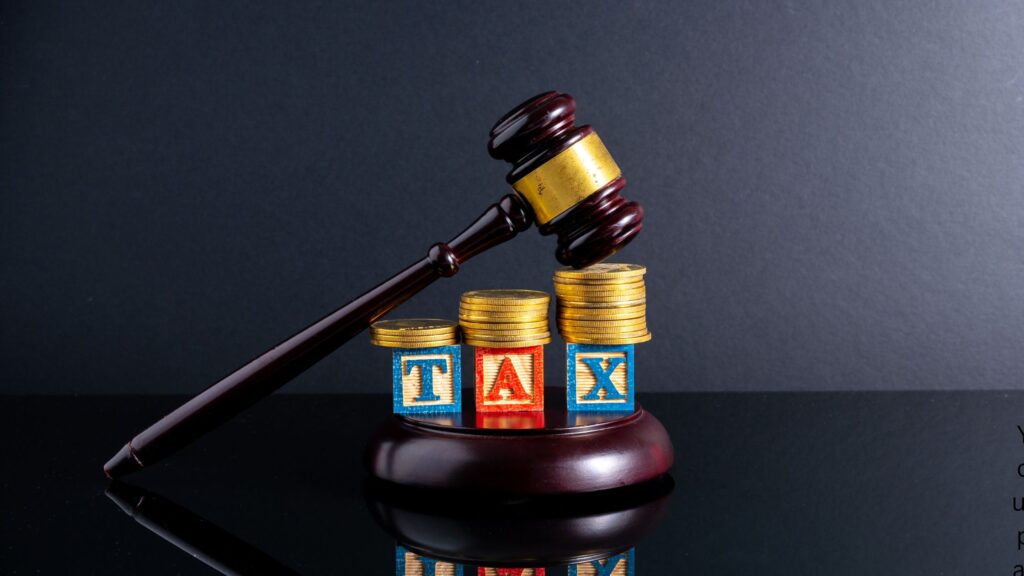The next Bitcoin halving is set for April 2024, and its value is forecasted to drop. Should you worry about this? Let’s find out!

The cryptocurrency world can be exciting but also nerve-wracking, especially for new investors. No doubt, Bitcoin is regarded as the king of cryptocurrency– and if you were to call it the Superman of blockchain and crypto, you wouldn’t be wrong. It’s easy to see why BTC is so important, especially for its potential to revolutionise finance, and how it has eventually created a community of individuals who have “made it”. Indeed, Bitcoin is a big deal, even boasting a higher transaction value than the mighty Paypal since 2017.
But even superheroes have their moments of calm before a big battle. That’s kind of what’s happening with Bitcoin right now, as it approaches a significant event called a “halving.” You may have heard about it (or not– that’s why we’re here).
In the latest edition of the SimplVest Newsletter, let’s discuss the halving and what you need to know about it.
The Halving: A Supply Squeeze

What exactly is the halving? Imagine a limited edition of rare items, like designer shoes or coins. The more limited they are, the more valuable they become, right? That’s the basic idea behind a halving. Every four years or so, the number of new Bitcoins created gets cut in half. This programmed scarcity controls inflation and potentially increases Bitcoin’s value over time.
Or, let’s try this example with more context as to how Bitcoin itself works:
- Imagine Bitcoin is a gold mine. Every 10 minutes, miners dig up a new block of gold, which is like a batch of new Bitcoin. This reward is how miners get paid for keeping the Bitcoin network running.
The halving event is basically a pre-programmed halving of that gold reward. So, in April 2024 (estimated), it will become half as profitable to mine a block of Bitcoin. Instead of 6.25 Bitcoins, miners will only get 3.125 Bitcoins.
As we said earlier, this happens roughly every four years, and it’s designed to do two things:
- Control the flow of new Bitcoin: Only a limited amount (21 million) of Bitcoin will ever exist. The halving slows down the creation of new Bitcoin, making it scarcer over time.
- Keep miners happy: Reducing the number of new Bitcoins could increase the value of each Bitcoin, keeping miners interested in maintaining the network.
Now that we’ve got that out, why should you care? Why is this a big deal?
It’s two things.
- Fewer new Bitcoins entering circulation can make existing ones more valuable, similar to how a limited supply of gold can drive up its price.
- Some people believe the situation in A could cause a significant increase in Bitcoin’s price in 2024. But that’s only normal. What we should be really interested in is what we call the pre-halving dip.
The Pre-Halving Dip: A Historical Pattern?

Here’s where things get interesting. Some crypto analysts believe Bitcoin might enter a short-term price dip (a noticeable price drop) in the days leading up to the halving, which is in April 2024. It has already faced an 8.5% drop ($73,835 🔻 $67,537) as of March 18th, 2024. This wouldn’t be the first time. Historically, Bitcoin’s price dropped 40% in the two weeks before the 2016 halving, and in 2020, it fell (dipped) by 20%.
Why the Dip?
There’s no guaranteed answer, but a few theories exist. Some believe investors might be selling their Bitcoin to lock in profits before the halving. Others think it could be a case of profit-taking by miners who will receive fewer Bitcoins after the halving.
Let’s break down the two reasons why there might be a pre-halving dip in Bitcoin’s price:
1. Investors Locking in Profits:
Imagine you bought Bitcoin a while back for a much lower price, let’s say $10,000. Now, Bitcoin’s price is much higher, around $67,000. With the halving coming up, the cost might dip before going up again. By selling their Bitcoin now, investors can “lock in” their profits. This means they guarantee they’ve made money on their investment, regardless of what happens to the price after they sell.
Think of it like selling a concert ticket to someone else. You might have bought the ticket for $100, but now the concert is sold out, and people are willing to pay $200. You guarantee a $100 profit by selling your ticket, even though the price might increase if you hold onto it.
2. Miners Taking Profits:
Bitcoin miners verify transactions and are rewarded with new Bitcoin. They solve complex math puzzles to keep the Bitcoin network secure. After the halving, though, they will receive fewer Bitcoins for their work.
Some miners might decide to sell some of their Bitcoin holdings now while the price is still high. This way, they lock in profits based on the current price.
All this is speculative, but what should your next course of action be if it does happen?
Don’t Panic Sell!

Here’s the key takeaway for new crypto users: past performance doesn’t guarantee future results. While a pre-halving dip has happened before, it doesn’t mean it will happen again, and even if it does, it likely won’t be a permanent decline. Historically, Bitcoin has bounced back significantly after halvings.
In fact, after the 2020 halving, Bitcoin’s price skyrocketed to a peak of $67,549 the following year (the price at halving was just $9,734!). Similarly, the price at the time of the 2016 halving was $664, and Bitcoin would peak at $17,760 the following year.
Industry Leaders Remain Bullish
In 2024 & 2025 we will witness the biggest bull run of all time:
— 𝓐𝓶𝓮𝓵𝓲𝓮 (@_Crypto_Barbie) March 18, 2024
– Bitcoin halving
– SEC vs. Ripple case end
– XRP ETF this or next year
– #XRP AMM on March 22, 2024
– Possible Ripple IPO
– BRICS gold-backed blockchain based currency launch
– End of the US – Dollar dominance… pic.twitter.com/HKktpirxYc
Despite the potential dip, many important figures in the crypto industry remain bullish* (optimistic) about Bitcoin’s future. For instance, the CEOs of major crypto exchanges like Binance and Crypto.com believe Bitcoin will reach new highs later this year, buoyed by factors like increasing institutional investment and the overall growth of the crypto market as reasons for their confidence.
*Imagine a bull. Bulls charge forward with their horns pointed up. That’s how these CEOs see Bitcoin – it might take a step back for a moment, but it will ultimately keep moving forward and growing in value.
Investing in Crypto: A Long-Term Game
The important thing to remember, especially for new investors, is that cryptocurrency is a volatile market. Prices can fluctuate rapidly, which can be scary. However, these short-term dips might not be a significant concern if you invest long-term.
Here are some key tips for new crypto investors:
Only use spare money to invest in crypto ,
— Cryptonian (@timmyisagod) March 15, 2024
It is not a get rich quick scheme , you can lose all of your money
Don’t use your rent , don’t use money for school fees , don’t use important money
Only invest what you can afford to lose
- Only invest what you can lose. Crypto is a high-risk investment, so only put in what you’re comfortable potentially losing.
- Do your own research before buying any cryptocurrency. Don’t just follow the hype or mindlessly follow others’ advice. Understand the project and its technology.
- Develop a long-term investment strategy. Avoid getting caught up in day-to-day price movements; focus on your long-term goals.
Final Thoughts
The pre-halving dip might be a cause for short-term concern, but it could be a buying opportunity for long-term investors. The lower price could also be an entry point if you do not hold any BTC. By understanding the reasons behind the dip and staying informed, you can confidently navigate the exciting world of cryptocurrency












